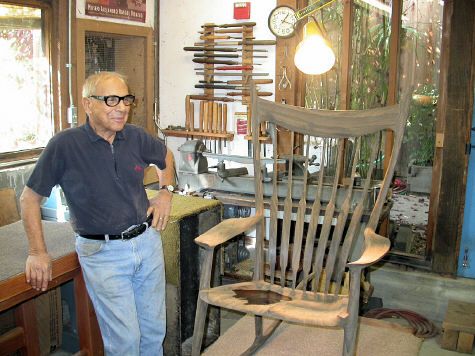Question
I am new to cabinets and need help with pricing methods. I have seen some shops price per foot or per box. Others have an extensive catalog used to price jobs. I am looking to hire a salesperson and want to be consistent and accurate in bidding. Per foot or per box does not seem to be consistent. Every job varies so much with style, wood, finish, and upgrades. Any input would be very helpful.
Forum Responses
(Business and Management Forum)
From contributor T:
Pricing varies quite a bit with various types of producers. For example, most of the producers that sell through dealers opt for a list price per box approach. This can be adjusted with up-charges for more expensive options, such as material, finish and door choice.
It seems like most of the custom shops go with a cost plus markup approach, beginning with either a linear per foot or per square foot cost. There are other approaches and I'm sure each company will have their own good reasons as to they their approach seems to work best for them.
1. Make up a model kitchen, and do some secret shopping to determine what your competition is charging, and what the market will bear. Shop custom cabinets, and factory built of equal quality as you plan to produce.
2. Take the same kitchen and do a fine tuned analysis of exactly how much material, hardware, wood, varnish, and labor it takes to produce that kitchen. Be sure to include all of the sales expenses, and usually 2 trips back to each job for one reason or the other.
3. Determine your selling price.
Once you have this information, you can then establish a simple formula for pricing your work.
A quick test to see if you are on the right track are two of the oldest pricing tricks in the book:
1. material x 3 = selling price
2. material and labor x 2 = selling price
Either one of these formulas should get you to a price equal to or less than what you have determined your market will bear. If everything is on track, you are ready to establish a simple pricing system for your salesmen.
Let's say your sample kitchen comes to:
$8000
40' of cabinets = $200 per foot
18 boxes = $444 per box
38 doors and 15 drawer fronts = 43 doors if you consider 3 DFs equivalent to 1 door
43 doors = $186 per door
Now you can price any kitchen with three simple steps. Here is how:
Let's say your next kitchen is
55 feet x $200 = $11,000
51 doors x $186 = $9,486
23 boxes x $444 = $10,212
Now take the average of these three, and this is your selling price. Guaranteed not to fail you, as these are the three major components that determine your cost in building these cabinets. Your selling price here will be $10,232. This will be your base price. This may cover oak and maple raised panel with any variety of stain. Naturally, you will have to come up with a percentage add on for cherry, maybe 15%. You will also need a percentage for glazed finishes, perhaps 10%. You may calculate a reduction from the base price for flat panel doors, maybe 7%, and reduce maybe 3% for natural finishes. Then you will need to add any accessories such as trash pullouts, lazy susans, spice pullouts, knobs and pulls, etc.
This is about the most foolproof, safest, and simplest pricing method I have developed, and used successfully. It is very easy to teach to a salesman, and protects you at the same time. I have been in this business for 20 years, and I will say that this works!
The most important part of developing the exact numbers you use is to do the proper research in determining what your competition is charging, and what the market will bear. Once you know that answer, set your price anywhere from 3%-10% higher than what they are charging, and offer more personal and professional service and attention. Believe me, this may sound crazy, but customers will actually feel more secure and confident in you and your abilities if you are a little higher than the competition. 3%-10% makes them feel they are getting better quality and value, and they are eager and willing to pay the extra bit for peace of mind. 15% is too much. They will go with your competitor if you are 15% high.
